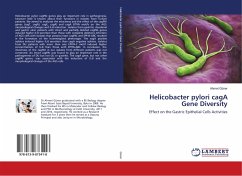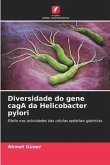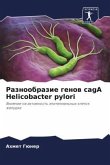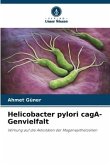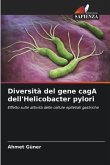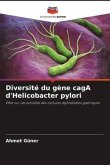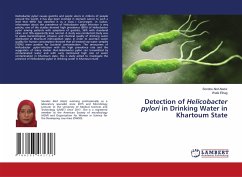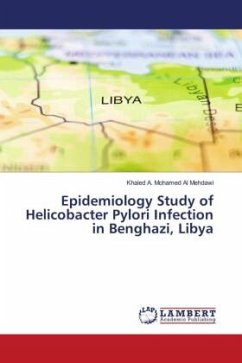Helicobacter pylori cagPAI genes play an important role in pathogenesis, however little is known about their functions in isolates from Turkish patients. We aimed to evaluate the intactness and the effect of the cagPAI genes (cagT, cagM, cagE, cagA) and cagA EPIYA motifs on the AGS morphological changes and IL-8 induction. Isolates from gastritis, duodenal and gastric ulcer patients with intact and partially deleted cagPAI genes induced higher IL-8 secretion than those with complete deletions.Infection of AGS cells with isolates that possess intact cagPAI and EPIYA-ABC resulted in the formation of the hummingbird phenotype. The cagA positive isolates induced higher IL-8 secretion than cagA negative isolates. Isolates from DU patients with more than one EPIYA-C motif induced higher concentrations of IL-8 than those with EPIYA-ABC. In conclusion, the intactness of the cagPAI in our isolates from different patients was not conserved. An intact cagPAI was found to play an important role in the pathogenesis of DU but not GU or gastritis. The cagA gene, but not other cagPAI genes, was associated with the induction of IL-8 and the morphological changes of the AGS cells.
Bitte wählen Sie Ihr Anliegen aus.
Rechnungen
Retourenschein anfordern
Bestellstatus
Storno

